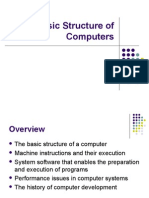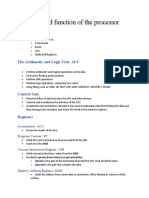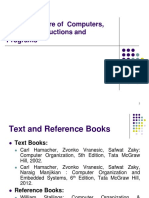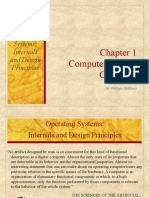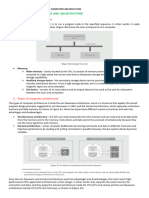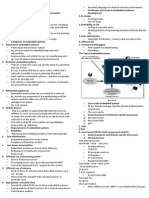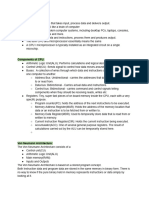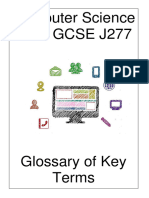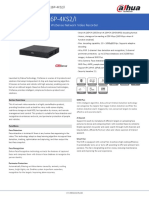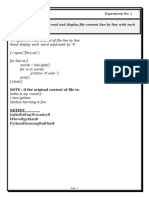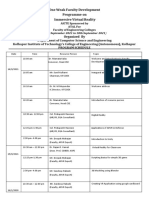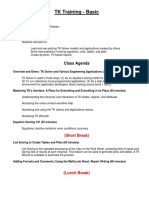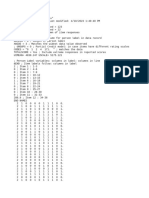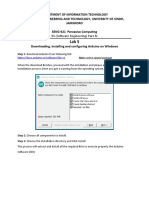0% found this document useful (0 votes)
6 views28 pagesAS CS Notes
The document provides detailed notes on computer architecture, processor types, memory management, operating systems, and databases. It covers the structure and function of processors, including buses, registers, and performance factors, as well as the differences between CISC and RISC processors. Additionally, it discusses various operating system functions, types of storage, and database structures, highlighting the importance of efficient data management and processing.
Uploaded by
mohit.reddyCopyright
© © All Rights Reserved
We take content rights seriously. If you suspect this is your content, claim it here.
Available Formats
Download as DOCX, PDF, TXT or read online on Scribd
0% found this document useful (0 votes)
6 views28 pagesAS CS Notes
The document provides detailed notes on computer architecture, processor types, memory management, operating systems, and databases. It covers the structure and function of processors, including buses, registers, and performance factors, as well as the differences between CISC and RISC processors. Additionally, it discusses various operating system functions, types of storage, and database structures, highlighting the importance of efficient data management and processing.
Uploaded by
mohit.reddyCopyright
© © All Rights Reserved
We take content rights seriously. If you suspect this is your content, claim it here.
Available Formats
Download as DOCX, PDF, TXT or read online on Scribd
/ 28













